Menopause is a natural stage in a woman’s life, signaling the end of her reproductive years. It typically occurs between the ages of 45 and 55, though it can happen earlier or later. Menopause brings a variety of physical and emotional changes due to hormonal fluctuations, primarily a decrease in estrogen. These changes can be challenging, but yoga offers a holistic approach to help manage symptoms and support overall well-being.
This article explores the causes and symptoms of menopause, followed by a comprehensive list of yoga poses that can help alleviate the physical and emotional discomfort associated with this transition.
What Causes Menopause?
Menopause occurs when the ovaries stop releasing eggs, and the body produces significantly less estrogen. Estrogen plays a vital role in maintaining the health of various bodily systems, including the reproductive, cardiovascular, and skeletal systems. As estrogen levels drop, it triggers a series of changes across the body, leading to the cessation of menstruation and the onset of menopausal symptoms.
Symptoms of Menopause
- Hot Flashes and Night Sweats: Sudden, intense heat followed by sweating, often disrupting sleep.
- Sleep Disruptions: Insomnia or difficulty staying asleep due to night sweats or stress.
- Mood Swings: Emotional ups and downs, including irritability, anxiety, and depression.
- Memory Problems: Difficulty concentrating or experiencing “brain fog.”
- Joint and Muscle Pain: Stiffness and aches in muscles and joints.
- Weight Gain: Hormonal shifts may lead to weight gain, especially around the abdomen.
- Thinning Hair and Dry Skin: Reduced estrogen affects hair growth and skin elasticity.
- Loss of Libido: Reduced sexual desire due to hormonal changes.
How Yoga Supports Menopause
Yoga helps alleviate the discomforts of menopause by balancing both physical and mental health. Physically, it addresses symptoms like muscle pain, fatigue, and insomnia, while mentally, it reduces anxiety, stress, and mood swings. These poses create a sense of grounding and stability, allowing women to navigate this natural life transition with more ease and grace.
Suza Francina, author of Yoga and the Wisdom of Menopause, says that practicing yoga before menopause can make the transition smoother. “If you start practicing yoga before menopause, all the poses that are particularly helpful in relieving discomfort are already familiar and ready for you. So if you are familiar with restorative poses, you have the best medicine for menopause”. No matter what stage of life a woman is in, choosing yoga as your exercise will not disappoint. Keep practicing, and everything will follow.
Incorporating yoga into your routine can be as simple as practicing 15–30 minutes a day, focusing on poses that address the specific symptoms you are experiencing. This holistic approach to menopause management can help restore harmony to the body, mind, and spirit, making the journey through menopause smoother and more empowering.
Poses for Emotional and Mental Balance
These poses focus on calming the mind, relieving stress, and managing mood swings.
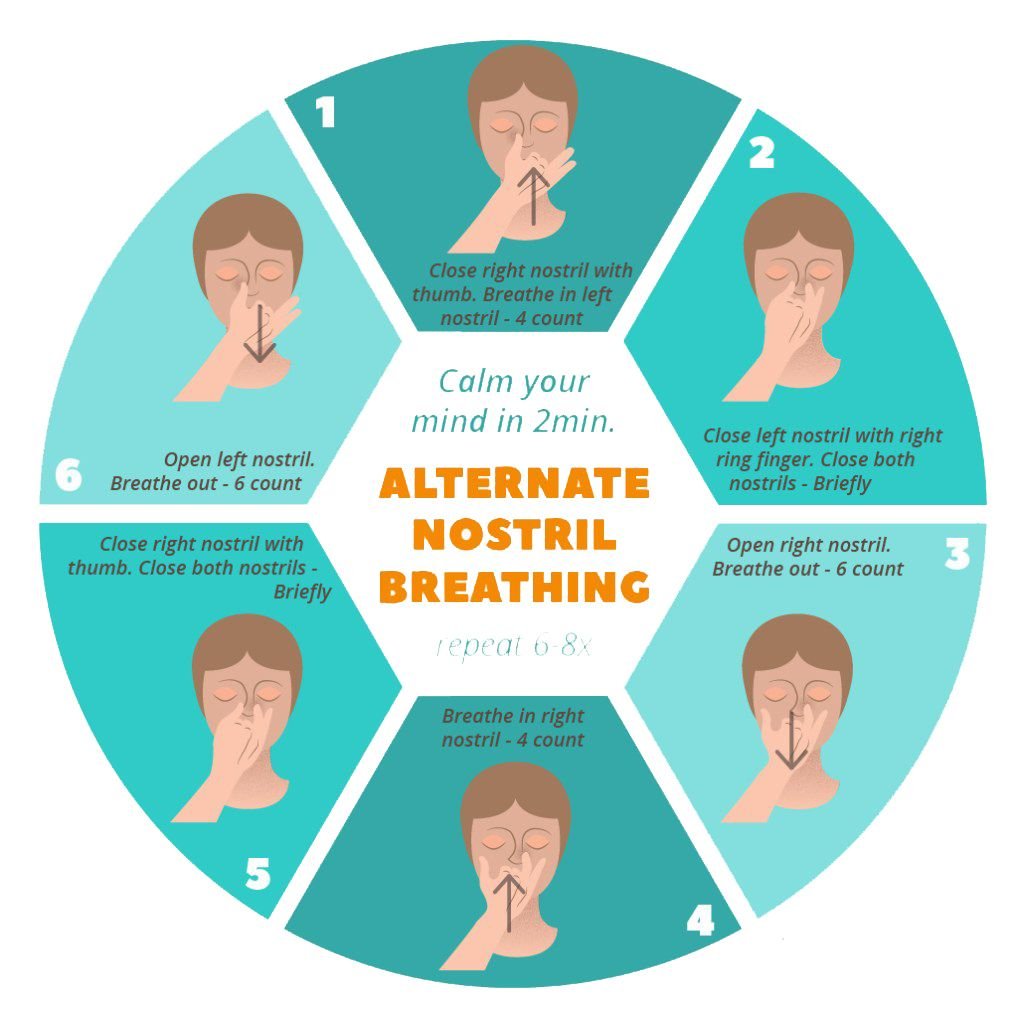
Alternate Nostril Breathing (Nadi Shodhana)
Sit comfortably with a straight spine. Use your right thumb to close your right nostril, inhale through the left nostril. Close your left nostril with your ring finger, release the right nostril, and exhale. Inhale through the right, then close the right and exhale through the left. Continue alternating for several cycles.
A pranayama technique that balances the nervous system, helping to regulate emotional ups and downs by promoting calm and clarity.
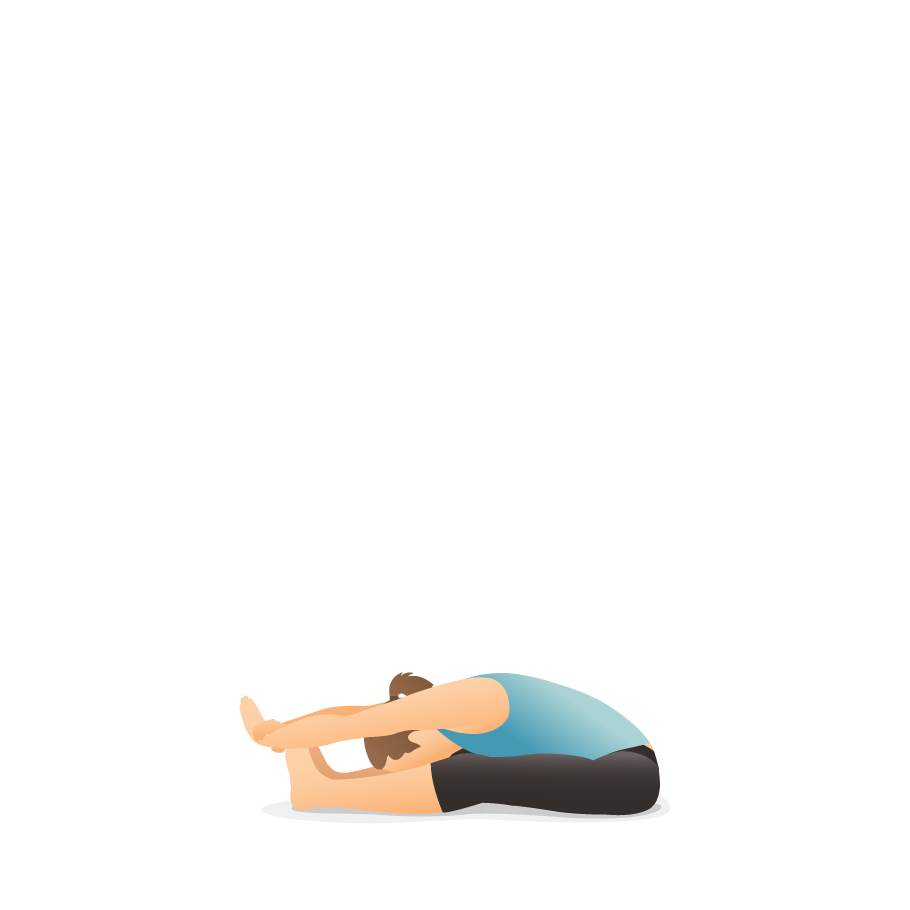
Seated Forward Bend (Paschimottanasana)
Sit with your legs extended in front of you. Inhale, lengthen your spine, and exhale as you hinge forward from the hips, reaching for your feet or shins. Keep your back straight, and relax into the stretch.
A deep forward fold that quiets the mind and stretches the spine. This pose is effective for reducing tension, anxiety, and irritability.
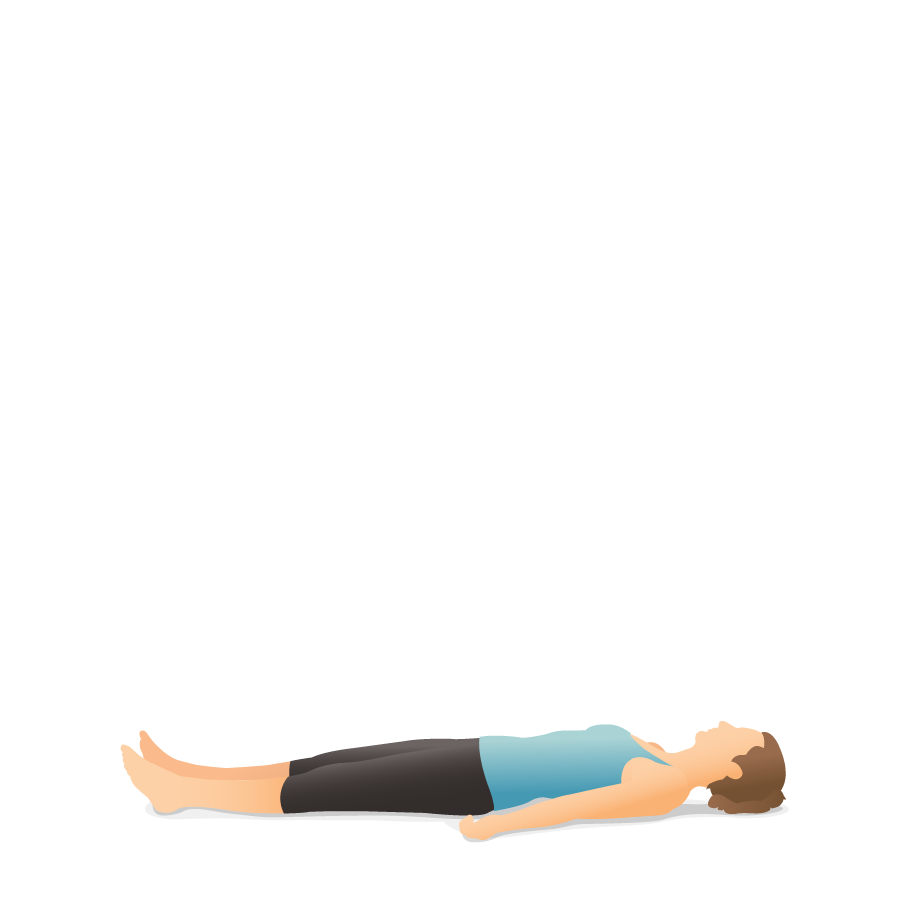
Corpse Pose (Savasana)
Lie flat on your back with legs extended and arms relaxed by your sides, palms facing up. Close your eyes, relax your entire body, and focus on your breath. Let go of any tension and remain still.
The ultimate relaxation pose, Savasana allows you to release any lingering tension, quiet the mind, and reduce stress levels. It is ideal for managing insomnia and anxiety.

Supine Bound Angle Pose (Supta Baddha Konasana)
Lie on your back and bring the soles of your feet together, allowing your knees to fall open. Rest your arms at your sides and relax into the pose, focusing on deep, calming breaths.
A restorative pose that opens the hips and relaxes the lower back. It encourages emotional release, relieves hot flashes, and promotes deep relaxation.
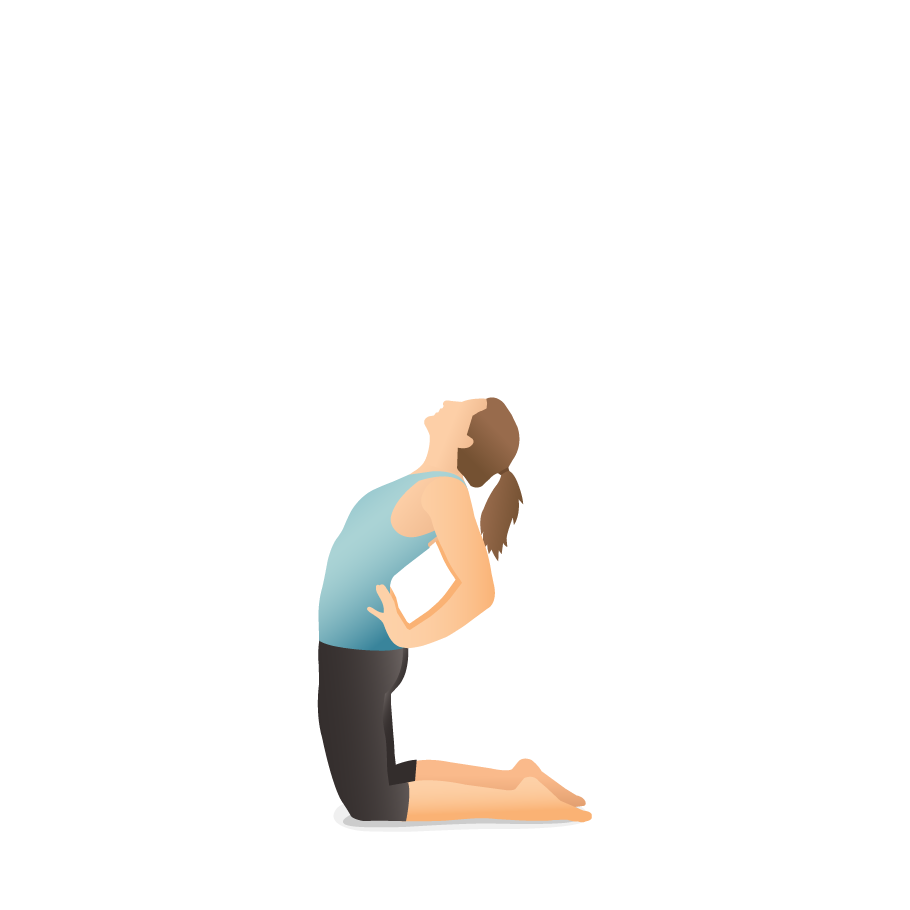
Open Chest Poses (Camel Pose/Ustrasana)
Kneel on the mat with knees hip-width apart. Place your hands on your lower back or heels, and gently arch your back, lifting your chest toward the ceiling. Keep your neck long and shoulders relaxed.
Chest-opening poses improve breathing and posture, helping to lift mood and release emotional tension. These poses are beneficial for reducing feelings of depression and enhancing overall well-being.
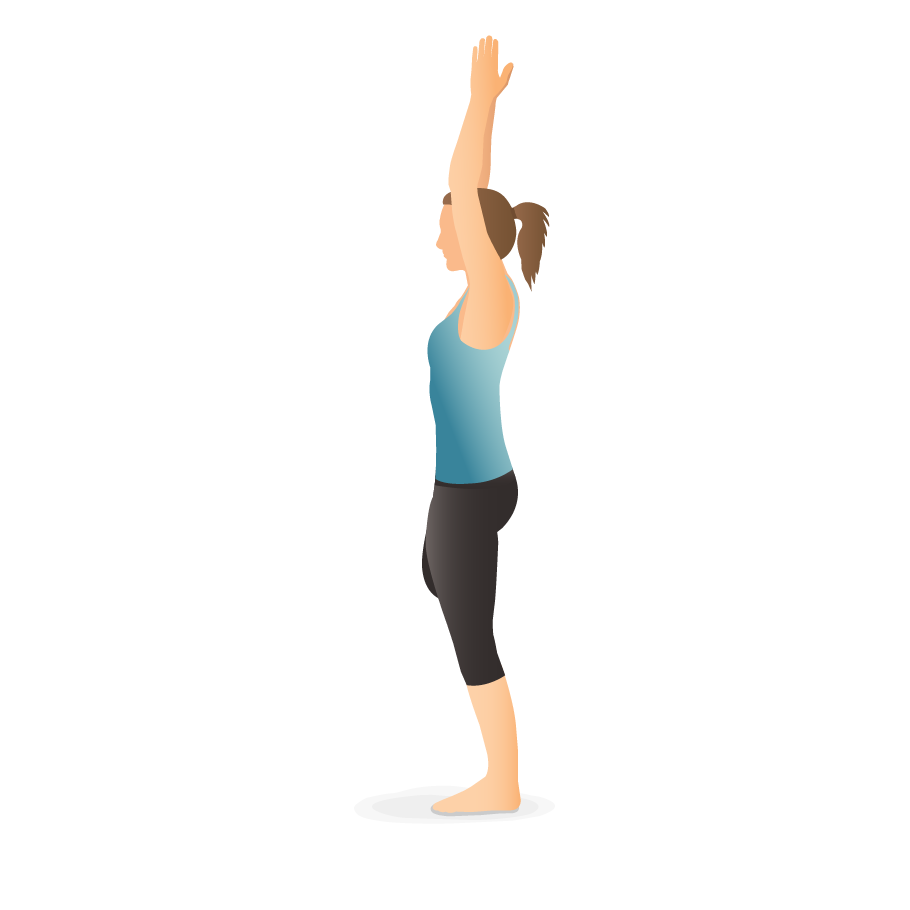
Tree Pose (Vrksasana)
Stand on one leg, placing the sole of your opposite foot on your inner thigh or calf (avoid the knee). Bring your hands together at your heart or raise them overhead. Focus on a point in front of you to maintain balance.
This balancing pose grounds you emotionally and helps build concentration and focus, which can be particularly helpful during periods of emotional instability.
Poses for Physical Symptoms
These poses help address joint pain, fatigue, and improve overall energy.

Bridge Pose (Setu Bandhasana)
Lie on your back with knees bent and feet hip-width apart. Press your feet into the mat, lift your hips, and engage your thighs and glutes. Hold while breathing deeply.
Strengthens the back and alleviates discomfort, while stimulating the thyroid to improve metabolism and energy levels, aiding in weight management.

Cat-Cow Pose (Marjaryasana-Bitilasana)
Start on all fours, wrists under shoulders and knees under hips. For Cat, round your back toward the ceiling. For Cow, arch your back, lifting your chest and tailbone. Flow between the two with your breath.
This flow between two poses stretches the spine and relieves tension in the neck and back, areas that are often stiff during menopause.

Child’s Pose (Balasana)
Kneel on the mat, sit back on your heels, and fold forward, stretching your arms in front of you. Let your forehead rest on the ground and relax your entire body.
A gentle resting pose that calms the nervous system while relieving physical tension, especially in the back and hips.

Legs Up the Wall (Viparita Karani)
Sit next to a wall and lie back, swinging your legs up to rest against the wall. Keep your hips close to the wall, relax your arms by your sides, and breathe deeply.
Elevating the legs promotes circulation, reducing swelling in the feet and legs. This pose is also excellent for managing night sweats and improving sleep.
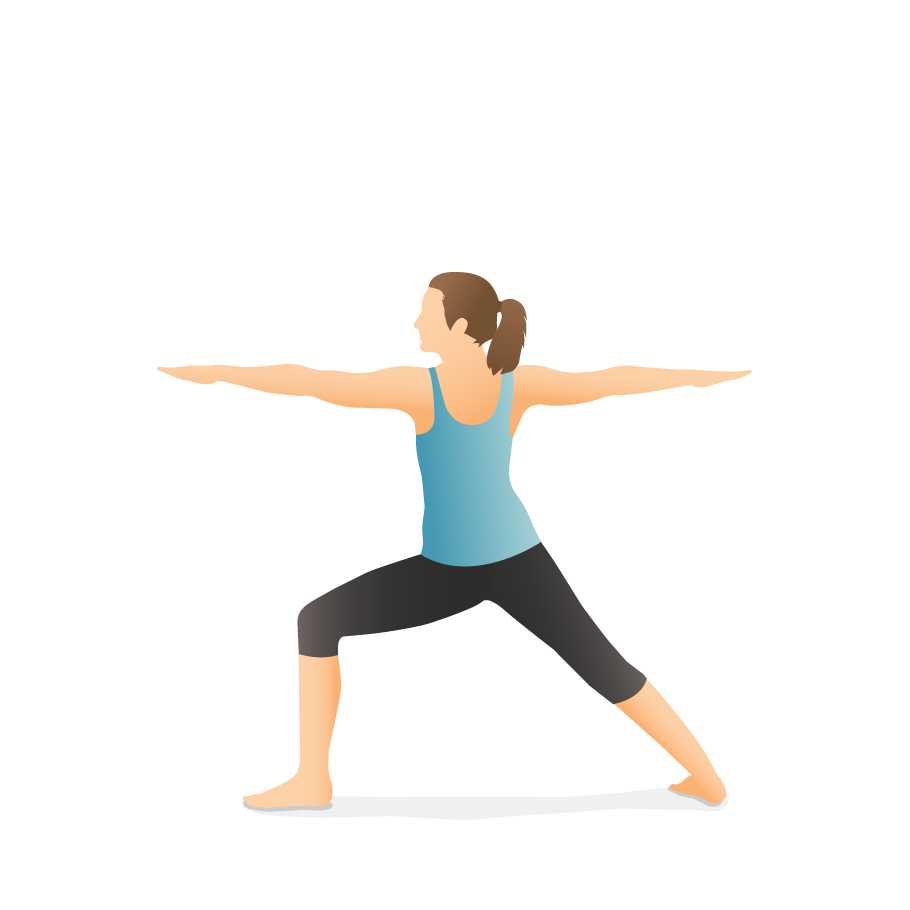
Warrior II (Virabhadrasana II)
Stand with feet wide apart, turn your left foot out 90 degrees, and bend your left knee over your ankle. Extend your arms parallel to the floor and gaze over your front hand. Repeat on the other side.
This powerful standing pose strengthens the legs and core while improving stamina, which is crucial for combating fatigue.
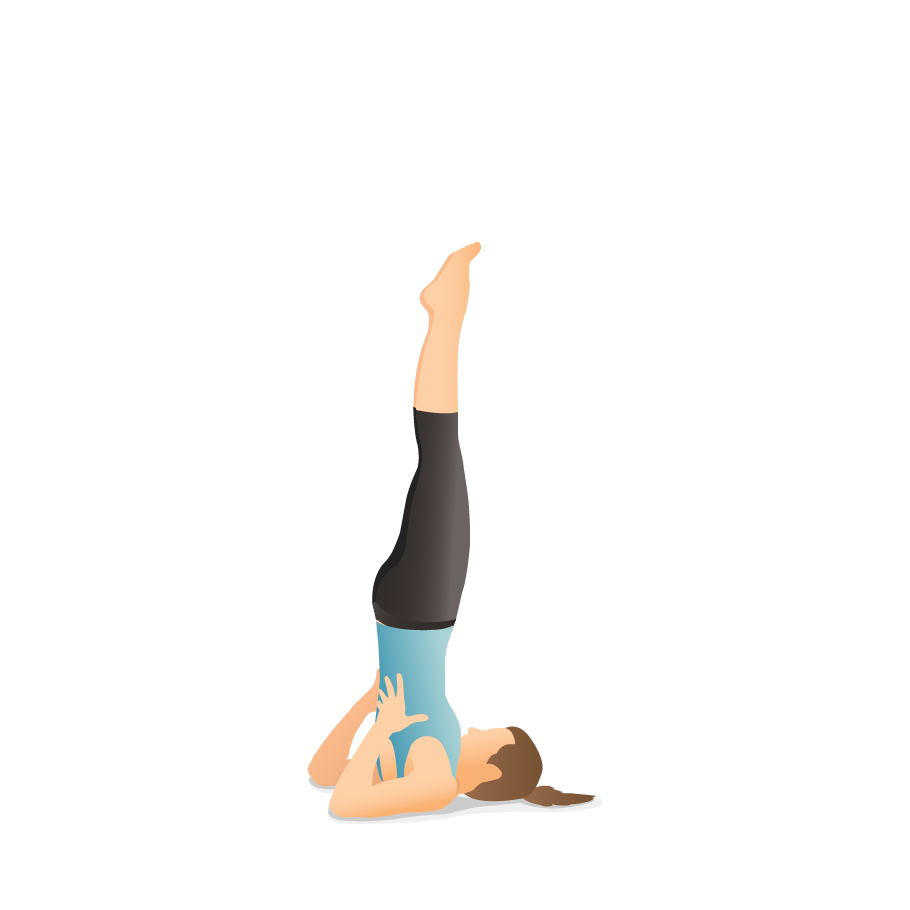
Shoulder Stand (Salamba Sarvangasana)
Lie on your back, lift your legs overhead, and support your lower back with your hands as you raise your hips and legs straight toward the ceiling. Keep your neck relaxed.
An inversion that helps balance hormones and alleviate hot flashes. It stimulates the thyroid and calms the nervous system, reducing anxiety.
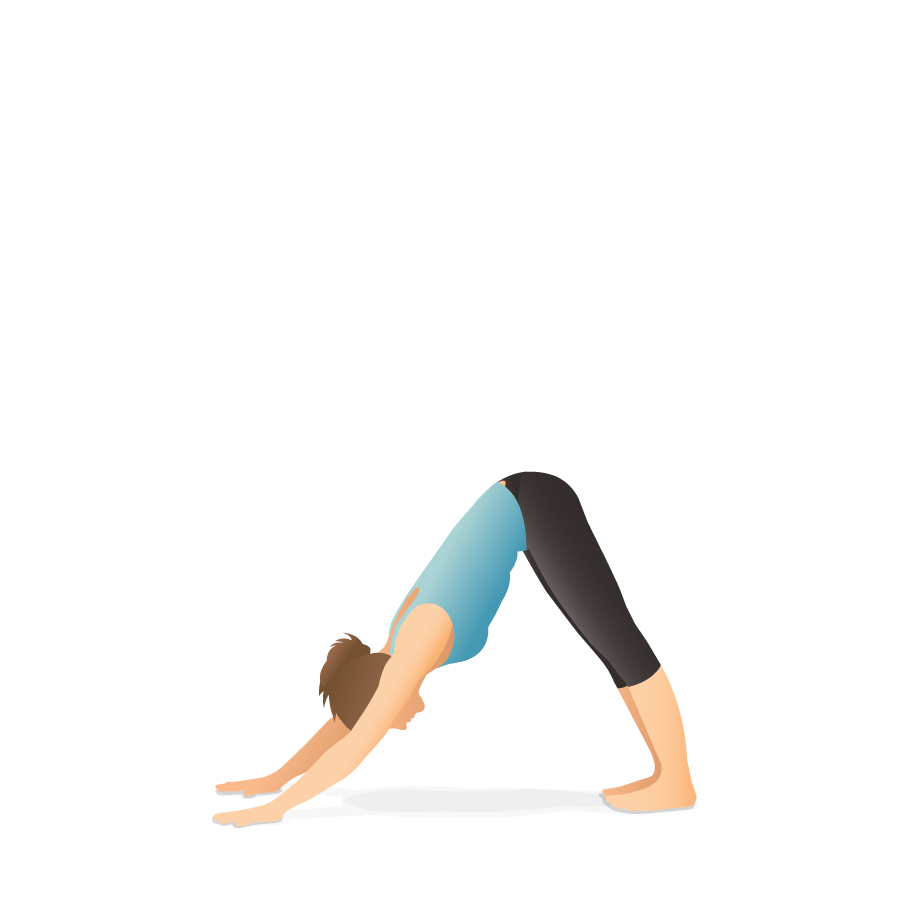
Downward Facing Dog (Adho Mukha Svanasana)
Start on all fours, tuck your toes, and lift your hips, straightening your legs into an inverted V shape. Press your palms into the mat and lengthen your spine.
A rejuvenating full-body stretch that relieves tension in the spine, shoulders, and legs. It promotes blood flow to the brain and combats fatigue.
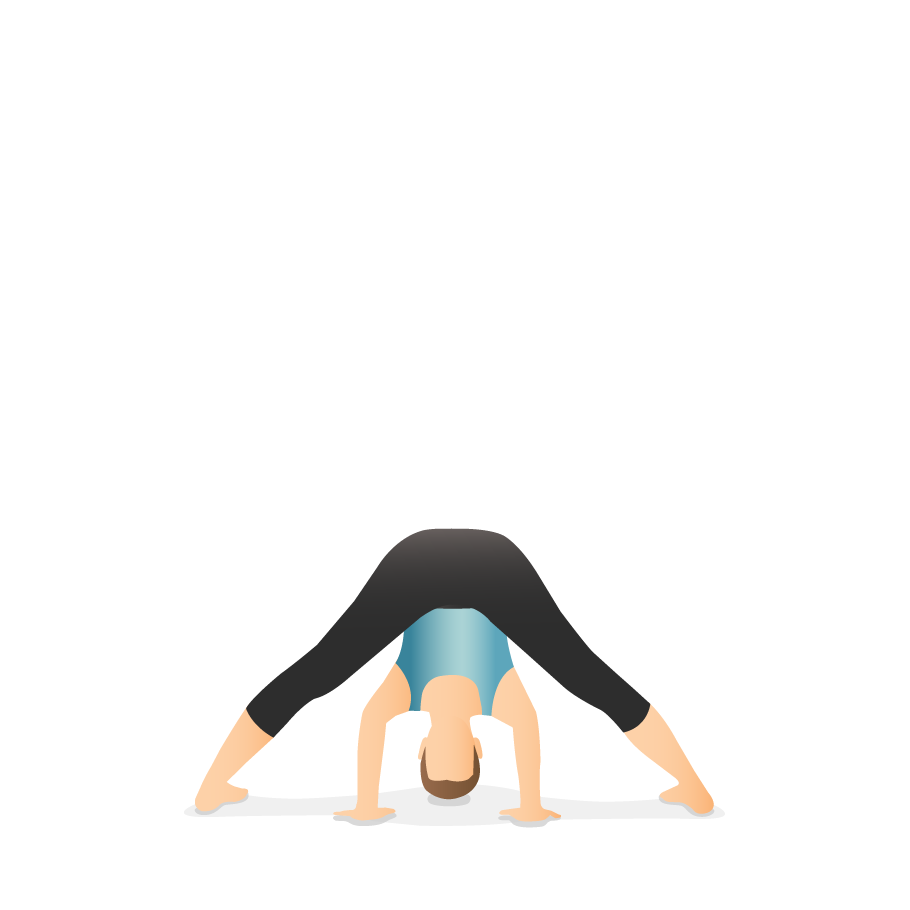
Prasarita Padottanasana (Wide-Legged Forward Bend)
Stand with legs wide apart, hinge at your hips, and fold forward, reaching your hands to the floor or your legs. Keep your spine long and breathe deeply.
Stretches the hamstrings and back while calming the mind. It helps with insomnia, reduces headaches, and alleviates stress.

Uttanasana (Standing Forward Bend)
Stand tall, exhale, and fold forward from the hips. Let your hands rest on the ground or grab your ankles. Relax your neck and allow your head to hang heavy.
This pose calms the mind, stretches the back, and eases fatigue. It is especially helpful in reducing anxiety and promoting relaxation.
With regular practice, yoga becomes a source of strength, support, and serenity, guiding you through this natural phase of life with resilience and calm.
